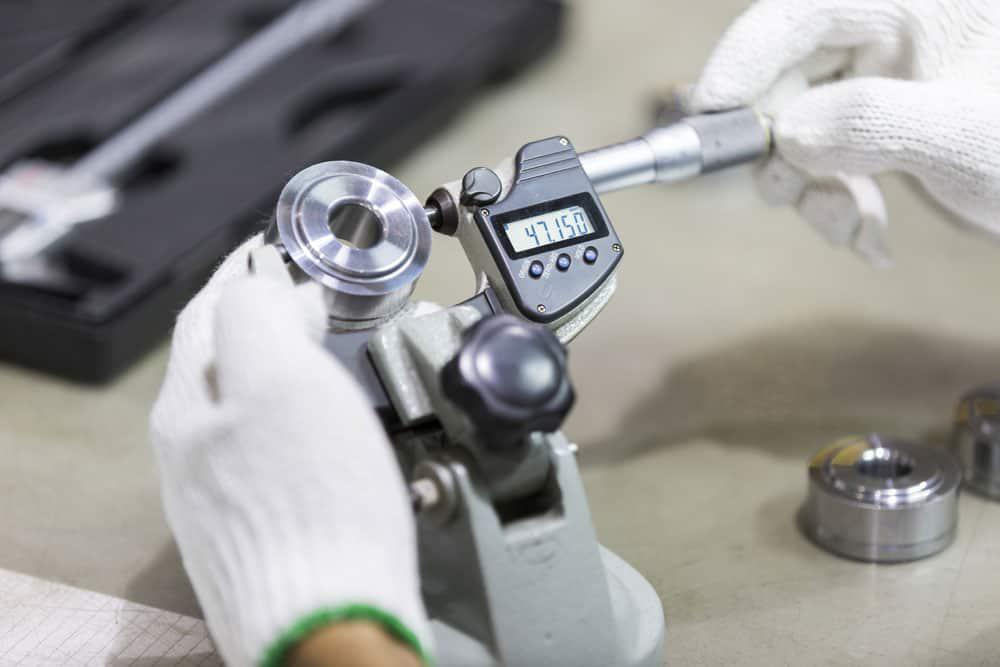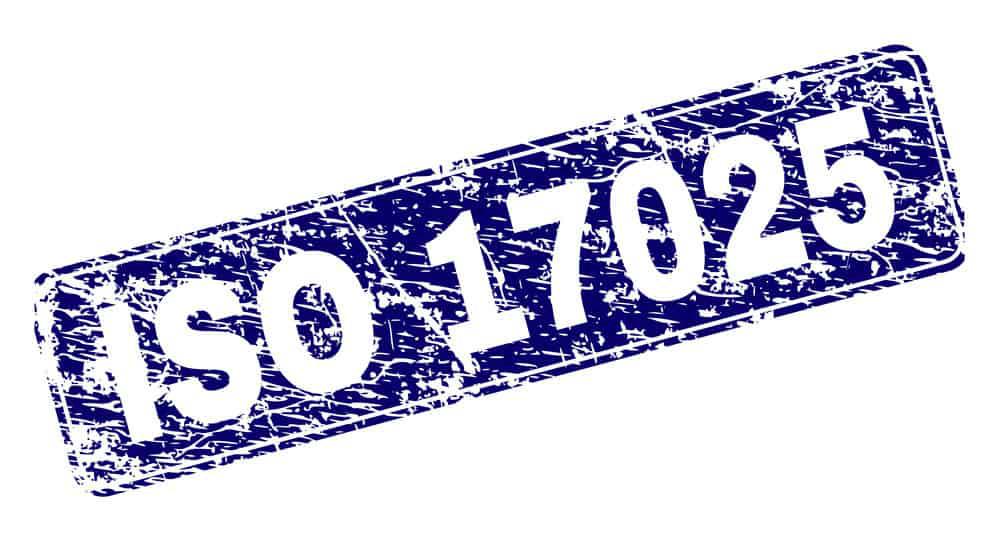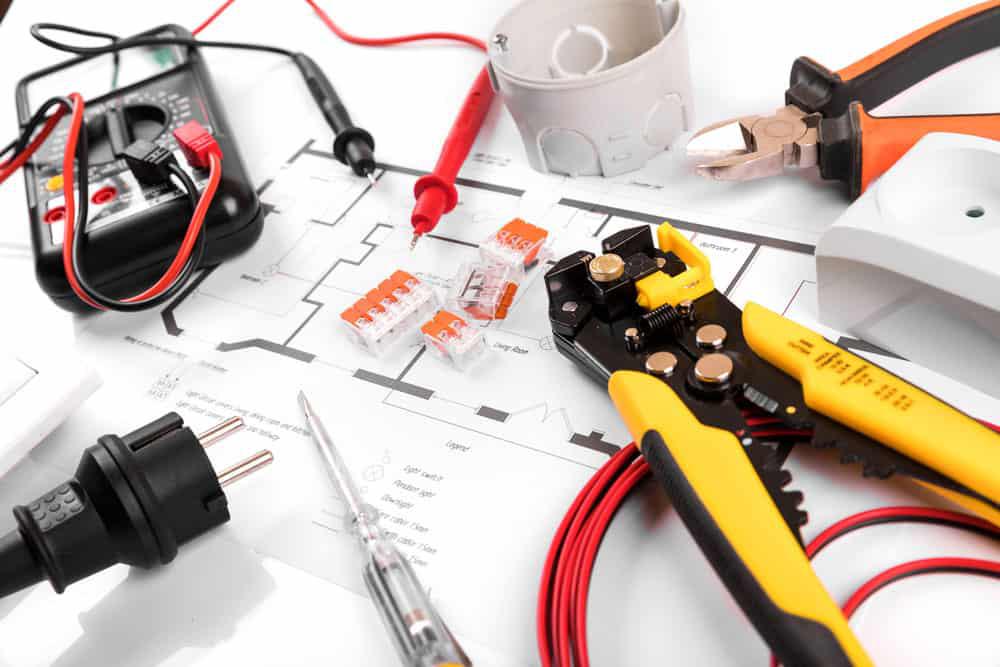Kalibracja elektryczna-In case of excessive use of the device, there is a chance that the accuracy will decrease over time. The instrument will readily drift apart in a humid, hot environment. While working with, one cannot take risks. Hence, you have to opt for electrical calibration to omit wrong calculations. Electrical calibration controls errors, quantifies issues, and minimizes uncertainties to an acceptable level.
What is Electrical Calibration?
Calibration means comparing the measuring instruments to the standard devices. A standard should be ten times more accurate than the unit under test ( UUT) as a practice. Yet, the accuracy ratio of 3:1 is also acceptable. Calibration points out the need to repair the devices or change them accordingly.
Calibration is a broader concept to which electrical calibration is a branch. Whenever you undergo an adjustment process you need electrical calibration methods.
Electrical Calibration is the performance evaluation of instruments that test. Current, Voltage, Resistance, Time, and Inductance are the principal parameters of these devices. Some other model parameters could be the power factor and phase. While calibrating your device, you have two main objectives of
You will use a precision device for the performance characteristics of UUT. Remember, the precise device must have known certainty factors. There are two main types of precision devices.
and Standard
like precise digital multimeters or ratio bridges.
Often calibration of your device minimizes the errors of the taken measurements.

Kalibracja elektryczna-Calibrator and Standards
With a calibrator, you measure a wide range of output signals. These precision output signals can vary from as little as a few microvolts to as much as kilovolts. Also, it provides signals for electrical functions such as resistances, current, and voltage.
Since a standard could measure a value four times better than the calibrator. Thus standards are more specific devices. But the precision may cost them their multi-functionality. Hence, standards might only measure a single electrical function or limited output ranges.
Precision Digital Meters, Measurement Standards, or Ratio Bridges
Precision digital multimeters (DMMs) have excellent measurement performance on many electrical parameters. Functions include voltage, resistance, currents, and sometimes frequency and capacitance.
Besides DMMs, there are more precise measurement devices. You may know them as the measurement standards or ratio bridge. Ratio Bridges may offer less functionality. But accuracy is higher than the precision DMMs.
Kalibracja elektryczna-How to select a Calibrating Solution?
When dealing with a power source, you need tools to measure the current and voltage. So, whether you use oscilloscopes or multimeters, you have to repair them on time.
As a rule of thumb, the standard should be 4 times more accurate than the unit under test. Also, the selected calibration tool should be according to the type of testing device.
Keep in mind that the manufacturers have precautionary measures for every device. So you have to consider the manual before using the test as well as the calibration instrument. If not followed, the units will no longer be able to perform any function.
There is another term that you might be familiar with, known as compliance. It is the limited amount of electrical drive an electrical load may need. Each type of calibrator has its tolerance for the signal. If you supply sufficient drive, the output will not be compromised. Thus you have to be careful with the compliance signal.
Moreover, devices like panel meters are heavier in load. They may need a compliance drive signal more than other instruments. So when you are calibrating with such tools, you will need a robust electrical drive to activate them. Again, lesser or more drive than the device needs will result in forged output readings.

Kalibracja elektryczna-ISO 17025 Accreditation
For a laboratory, it is crucial to verify itself. The ISO standard assesses a test place for some factors. Hence the goal is to check the ability of the lab to test the precision and produce a calibration dataset. Major factors are:
Comparison of calibration tools and measured data to predefined standards
Inspection of the technical competency of the team who performs calibration
Equipment maintenance
Calibration dataset and test’s quality check
Validation of a testing method
Appropriate transportation of test equipment
Quality of test environment and sampling

Kalibracja elektryczna-Procedure for Electrical Calibration
Generally, you take the results from a device of unknown precision. Then you compare it to the standard or reference device. The uncertainty of the precise device is known. Also, it has to conform to the international standards of calibration. Following are the steps you will perform in a calibration process.
How often to repeat the Electrical Calibration?
The cost of calibration and frequency is industry-specific. There are industries with higher risk factors involved in the line of work. Therefore, they have to perform the calibration test more frequently.
Most industries go for an annual calibration check as per the rules. With time, you get the calibration of multimeters and other electrical instruments done. Depending upon the results, you must adjust the test frequency or update the devices if you need.
As you consult professional calibration consultants, you will get a calibration certificate. This certification is proof that you have tested the tools with objective standards.
Also, it shows that the measuring device is now all set to produce stable readings with less error rate. Always remember that you have to perform the calibration on the testing device as well. It is necessary so that they remain fit for inspection.

Conclusion
Calibration is often done to maintain the quality of a calibration facility. For that, you will use a precision sourcing device or a precision measurement device, and a precision sourcing device tests the measurement instrument with similar performance specifications.
Similarly, a measurement instrument maintains the sourcing device. Thus, your lab should have each type of instrument. Systematic comparison will keep the tool providing consistent and accurate measures. Here at Bloom, we offer attention to each detail. Thus you can perform your calibration tests with precision. To avail of our services, contact us now.

